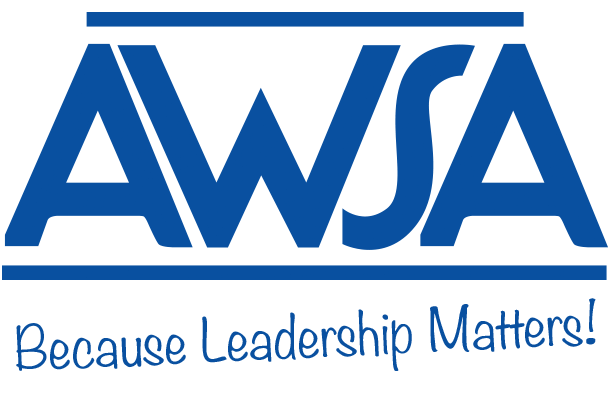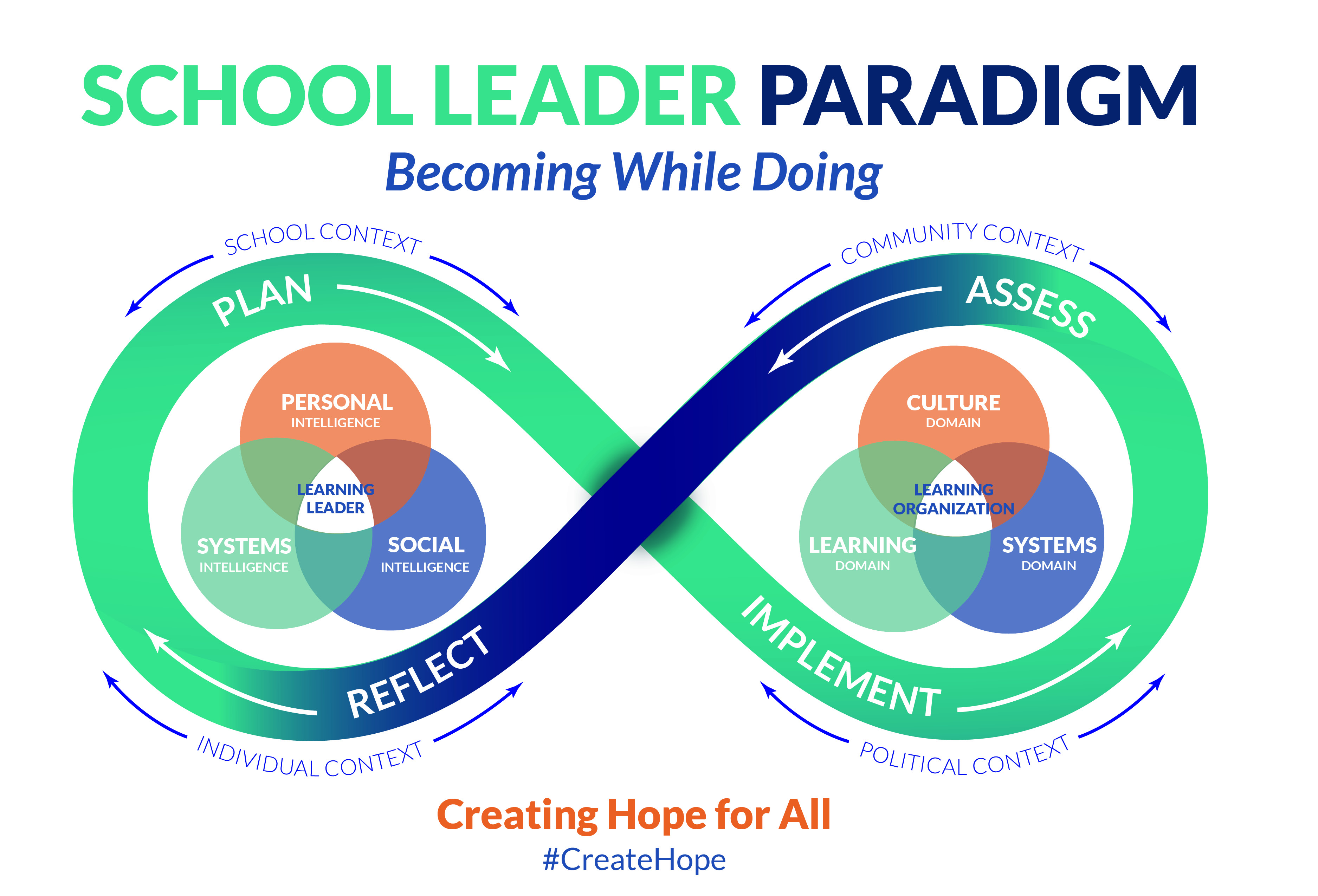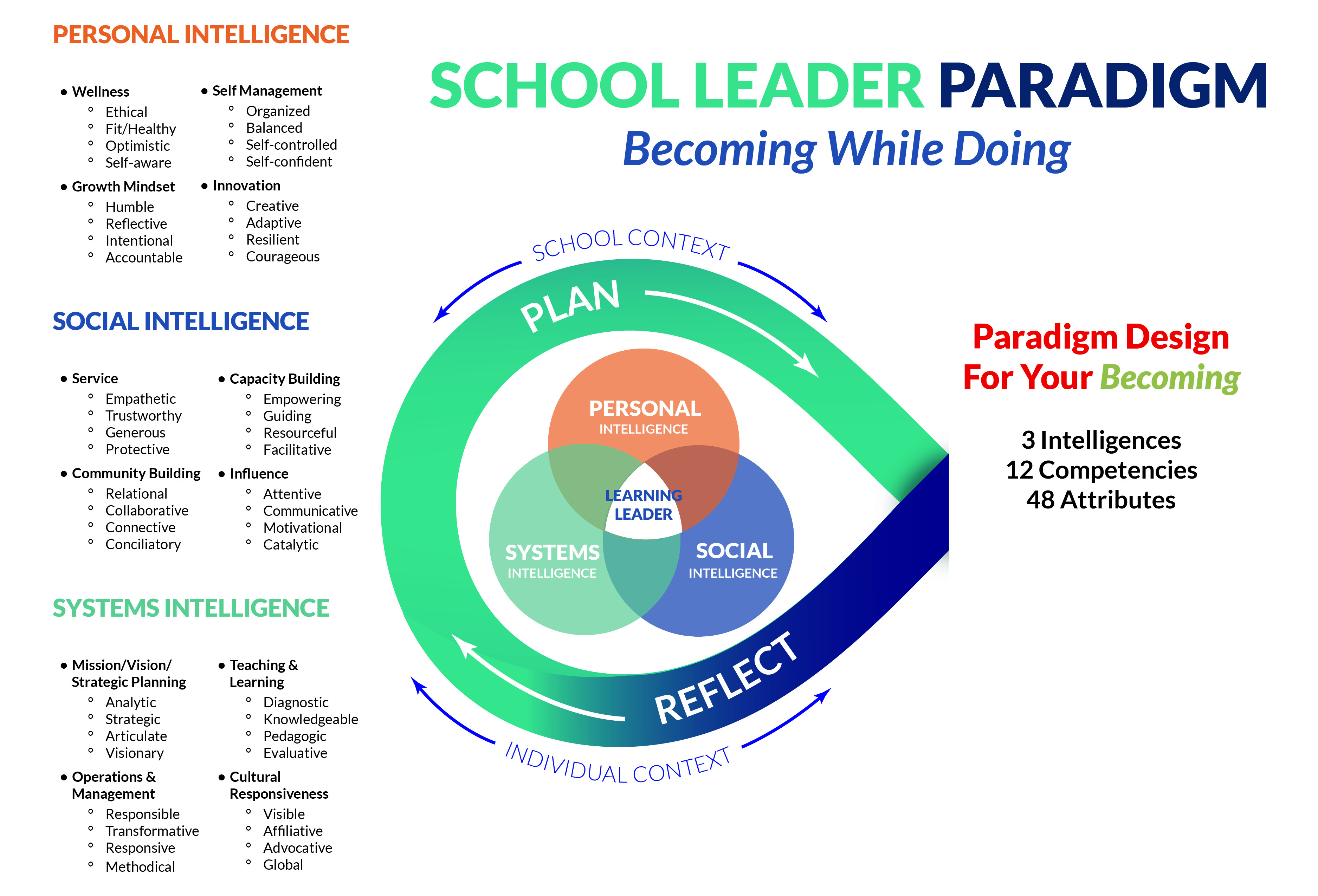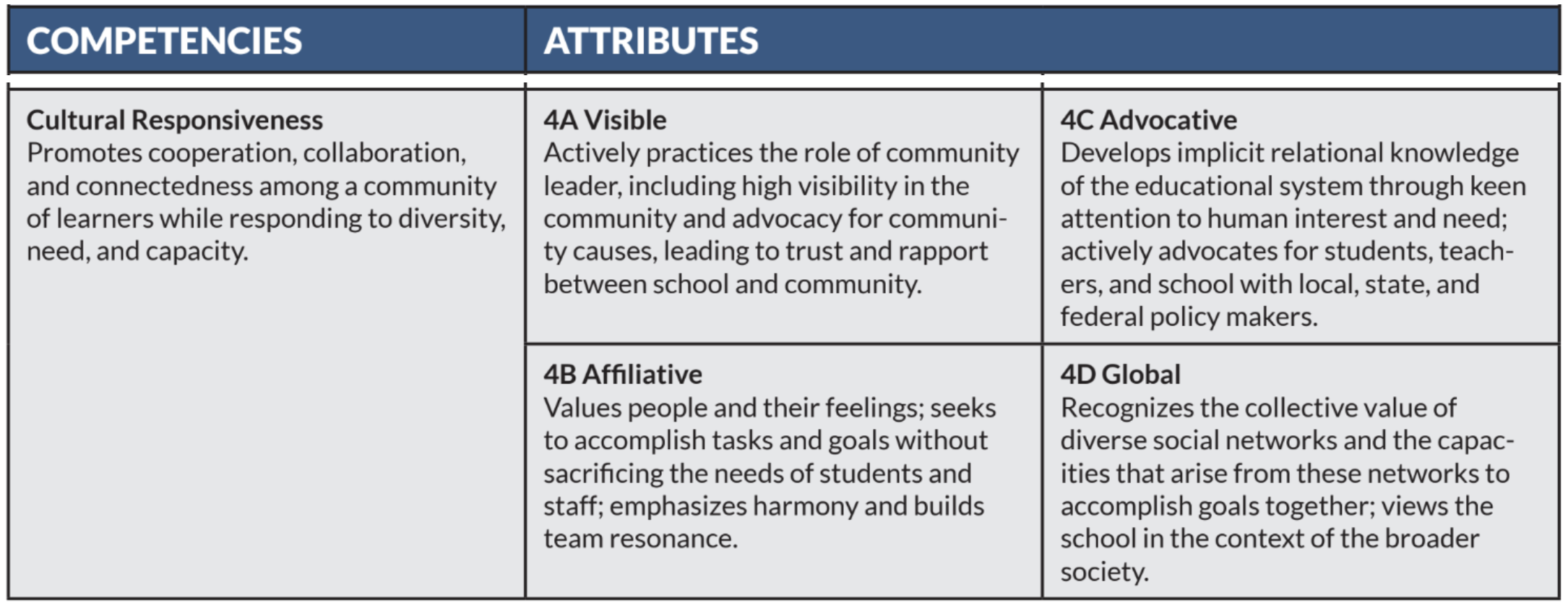Becoming a Better Version of Yourself: The School Leader Paradigm in Action
by Dr. Joe Schroeder, Associate Executive Director, AWSA On several recent occasions, I have raised the following question to groups of Wisconsin school leaders: “Is it possible to be a principal who “runs a school” -- maybe even for twenty years -- without ever becoming a learning leader who is developing a learning organization?” On each occasion to date, the response has been a clear-cut yes. And that’s concerning because our schools and communities need not just building managers, but learning leaders (those who are able to cultivate the culture and systems of a learning organization over time) if we are to significantly make headway on our commitment to the success and well being of every student under our care. In response, a consortium of state principal associations across America (including AWSA), called the School Leader Collaborative, has been working for several years to re-conceptualize how we view principal leadership with a framework called the School Leader Paradigm, or Paradigm. Essentially, the purpose of the Paradigm is to help educational leaders become better versions of themselves so that schools get the learning leaders they need. What makes the Paradigm unique (See Figure 1) is that it not only describes the work principals must be doing within their schools, but it also accounts for how principals must develop their own leadership competencies and attributes to become “learning leaders.” The School Leader Paradigm incorporates the National Association of Secondary School Principals’ (NASSP) publication, Building Ranks: A Comprehensive Framework for Effective School Leaders and is centered upon helping each school leader become through doing so that he/she ultimately evolves into this essential principal: a learning leader who is developing his/her school into a learning organization.
Figure 1: School Leader Paradigm So what do I mean by a school becoming “a learning organization” anyway? This is a place where the organization itself (and not just the students) learns and encourages ongoing learning among its staff, promotes the exchange of information, and helps people become adaptable to new ideas through a shared vision. Thus, a learning organization evolves in developing the organizational capability to effectively respond to change. And the principal in the role of learning leader is the key variable in cultivating this better version of organizational being in a school, with others, over time. Notably, the Paradigm also equips the field in addressing our national problem of practice in principal churn (e.g., the reality that only one in four principals is in the same building after five years). Through the use of the Paradigm, principals become more self-aware and reflective of the leadership intelligences (ways of becoming) that increase their effectiveness to lead culture, systems, and learning (domains for doing). Moreover, by viewing an administrative career in several key developmental phases (from launching to building to mastering), the Paradigm can be used in deeper and more robust ways over time so that leaders entering the field can effectively sustain and thrive in the work over the long haul. The Paradigm is currently enhancing AWSA professional offerings (notably, New Building Administrators Academy and Building Effective Leaders Academy) and will Inform the anticipated future offering of the Mastering Leadership Academy. While a walk through all aspects of the Paradigm exceeds our purposes today, I will take a few minutes to illustrate how the Paradigm can begin to be used. Let’s start by viewing the Paradigm as a sort of GPS to guide one’s leadership journey. With this metaphor in mind, school leaders are ready to navigate the three levels of Paradigm “architecture” for becoming a learning leader (Figure 2).
Figure 2: The Detailed Architecture of Becoming a Learning Leader, per the School Leader Paradigm On the becoming side of the Paradigm, three intelligences (personal, social, and systems) exist at the macro level, which breakdown into a total of 12 competencies, and subsequently, are articulated into greatest detail via 48 attributes. In this way, leaders are empowered to work from the general to specific areas of personal leadership development so that their ongoing capacity formation can be laser-focused for greatest impact on high-leverage priorities for both their own growth and that of the school. For example, a principal who has a general idea that a prioritized area of growth for her leadership lies within systems intelligence can use the Paradigm as shown in Figure 2 to discover that this particular intelligence is broken down further into four competencies: Mission/Vision/Strategic Planning, Teaching and Learning, Operations and Management, and Cultural Responsiveness. Upon reflection, this leader selects Cultural Responsiveness as her area of personal development priority and then moves down into attribute detail at the third level of the Becoming Architecture for Cultural Responsiveness (Figure 3) to help hone in on one or more of the four articulated attributes (which in this particular case are the traits of being Visible, Affiliative, Advocative, and/or Global). These attributes essentially articulate ways for her to become a better version of her leadership self in an area of personal priority within the next 100-day cycle. Moreover, given the impact of distributed leadership, we also encourage principals to consider how some of these attributes might also describe potential growth points for other staff members within a school’s leadership circle in order to further develop and distribute a school’s collective leadership over time.
Figure 3: Four Attributes of Cultural Responsiveness, per the School Leader Paradigm Importantly, personal growth (i.e., becoming) never happens within a vacuum but rather is an ongoing, intentional effort of nesting these self-improvement efforts into key action areas for the school--a process we describe as becoming through doing, from attributes to action. But exploring how we would move over to the right side of the Paradigm (i.e., the doing side) and connect these areas of leadership development focus to specific action steps within the school’s context will need to be a topic for another day. In summary, the school leader’s journey is challenging, complex, and often quite unique to one’s context. But it need not be traveled alone or without help. For this reason, we believe that use of the School Leader Paradigm within regular implementation/inquiry cycles can be beneficial for any principals who desire to put their deepest professional whys into action and thus, over time, become better versions of themselves: learning leaders who are developing learning organizations, and thereby creating cultures committed to impactful service to all students under their care. I encourage those who aspire to such personal and organizational growth (and who wish to dive much more deeply into use of the Paradigm resources) to consider registering for our third cohort of the BEL (Building Effective Leaders) Academy, which will open for registration by early April for our late July launch. But regardless, as always, please reach out directly if there is some way that I might be able to help your understanding and/or use of the School Leader Paradigm. References National Association of Secondary School Principals (NASSP). (2018). Building ranks: A comprehensive School Leader Collaborative. (2018). School leader paradigm: Becoming while doing. Madison, WI: Senge, P.M. (1990). The fifth dimension: The art and practice of the learning organization. New York:
Read more at:
Elementary Edition - Secondary Edition - District Level Edition
|



